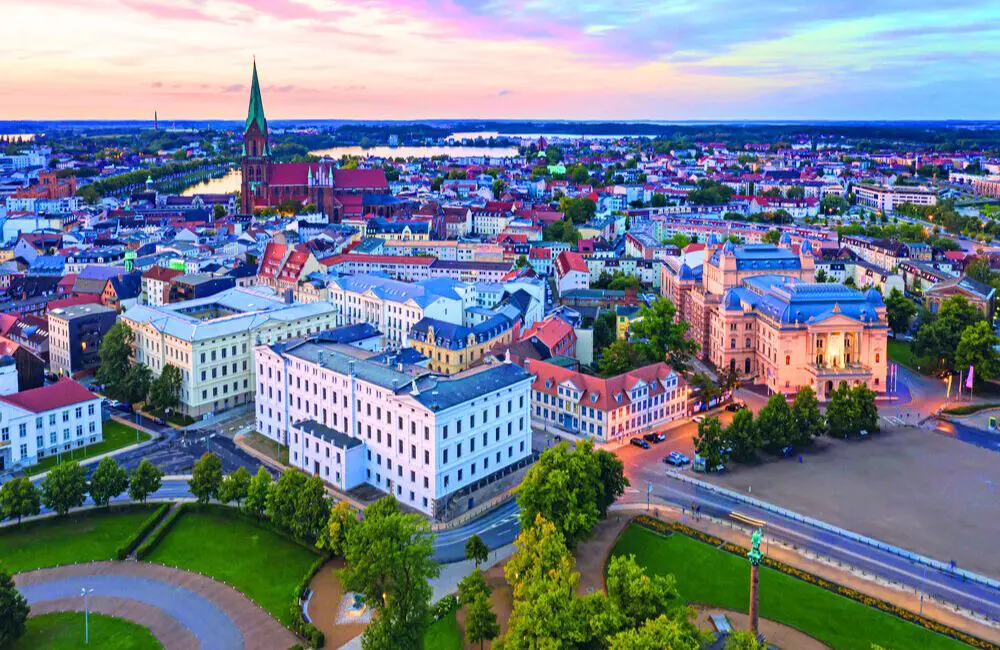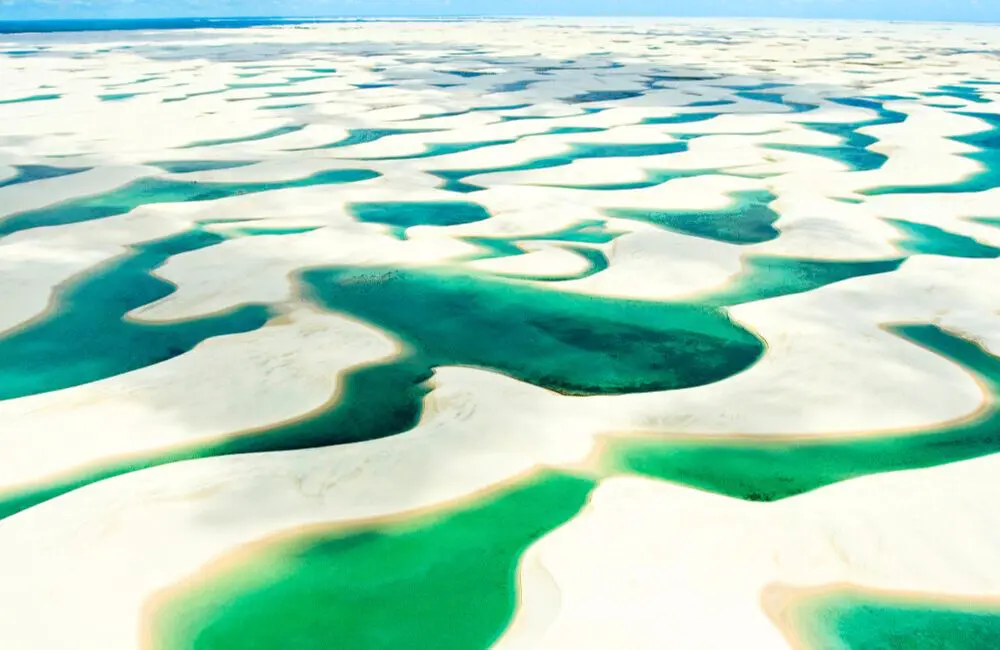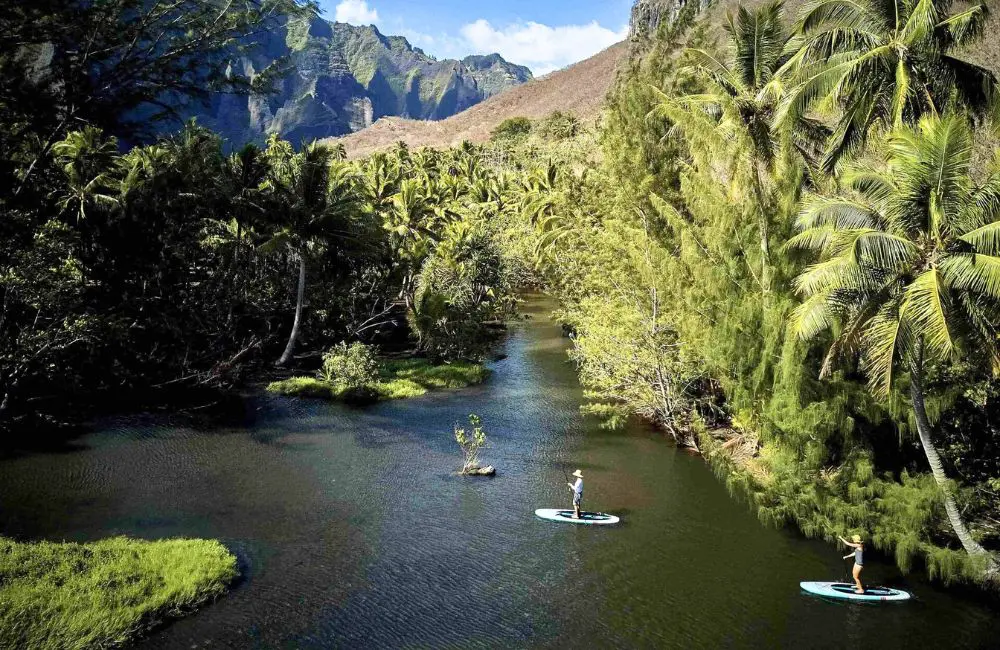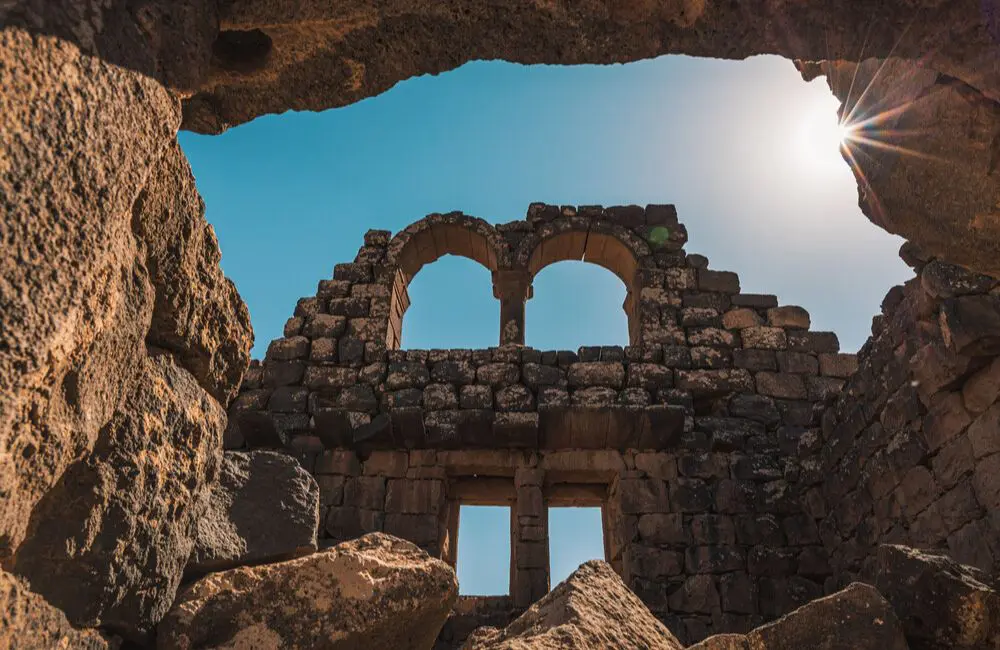Few wouldn’t have heard of UNESCO sites, but some might not know that new sites are being added all the time. Here are 6 new additions to the list that you need to know about.
The job of the United Nations Educational, Scientific and Cultural Organisation (UNESCO) is to encourage the identification, protection and preservation of cultural and natural heritage around the world considered to be of “outstanding value to humanity”.
As of July this year, there are 1,223 World Heritage-listed sites around the world, and while your avid traveller clients might not be able to get to all of them, here are some of the newest listed sites to add to their bucket list.

Badain Jaran Desert, China
A vast otherworldly landscape, the Badain Jaran Desert covers 49,000 square metres, and has some of the tallest sand dunes in the world at around 460 metres (Crown Sydney is around 271 metres).
A meeting point for three sandy regions of China, it is the country’s third-largest desert, second-largest drifting desert, and has the highest concentration of interdunal lakes.
Often described as China’s ‘most beautiful desert’, it also has ‘singing sand’, a lake, spring and temple.

Schwerin Residence, Germany
Like stepping into a fairytale, the 19th-century Schwerin Residence (hero image) is described as a “grand ducal court in the style of romantic historicism”.
Here you’ll find the Grand Duke’s Residence Palace and manor houses, cultural and sacred buildings, and the Pfaffenteich ornamental lake.
Open to the public, there are parks, canals, ponds and green spaces. Architectural enthusiasts will be in awe at buildings that range from neo-Renaissance to neo-Baroque and neo-Classical, with influences from the Italian Renaissance.

Lençóis Maranhenses National Park, Brazil
It might look like something out of a sci-fi movie, but this white coastal dune field dotted with lagoons is in fact a real place in northeastern Brazil, on the east coast of Maranhãoin.
The dramatic dunes are vital shelters for the diverse and fragile ecosystems, and those visiting can walk among them, on what is the biggest dune field in Brazil, before cooling off at any number of crystal clear lagoons.

Sado Island Gold Mines, Japan
There are gold mines, and then there’s this 400-year-old mine on Sado Island, off the east coast of Japan.
Located around 45 kilometres west of Niigata City, you can walk through some of the darkened 400-kilometre tunnels of the mine, and learn the history of gold in Japan, where gold dust began to be mined around the 12th century.

Te Henua Enata, The Marquesas Islands
Known as ‘The Land of Men’, the rugged landscape of these islands is filled with craggy mountains, cascading waterfalls and majestic bays – home to an impressive number of archeological sites.
The archipelago is a major centre of endemism, home to rare and diverse flora, emblematic marine species, and diverse seabirds.
Virtually free from human exploitation, Marquesan waters are among the world’s last marine wilderness areas.

Umm Al-Jimāl, Jordan
Jordan is well known for having some of the best Roman ruins in the world, and this rural settlement in northern Jordan won’t disappoint.
Once an ancient Roman village dating to the 5th century, structures represent the local architecture style of the Hauran region, with some earlier Roman military buildings repurposed.
The earliest structures date back to the 1st century CE when the area formed part of the Nabataean Kingdom.
For more UNESCO Heritage-listed sites, visit UNESCO.







